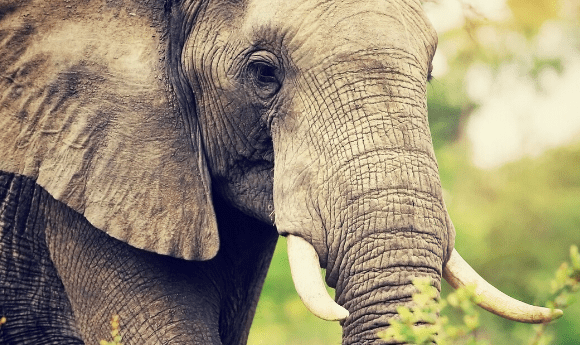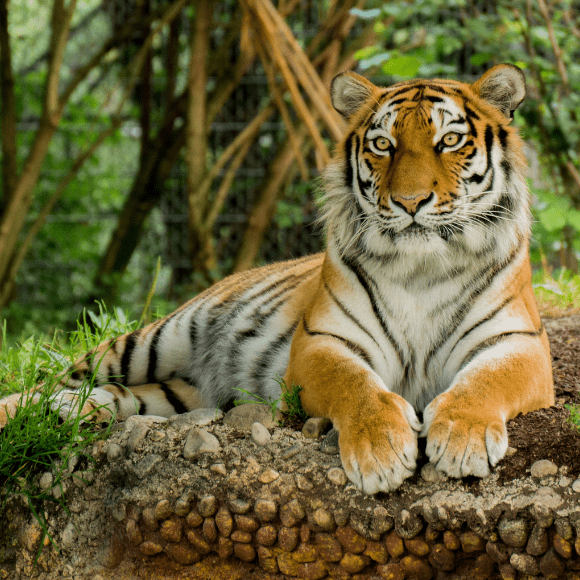Inebriated animals: can elephants get tipsy?

A new study finds that, due to a genetic dysfunction, elephants could have a particularly low alcohol tolerance, meaning (theoretically) they could get drunk.
There is a long-running debate as to whether elephants can get drunk, with some suggesting that, by gorging on overripe marula fruit, the large African mammals can get tipsy on the naturally occurring ethanol found in it. Descriptions of elephants behaving in a drunken or tipsy manner can be traced back to 1875, with stories of increased aggression or more swaying while walking.
However, not all agree with the notion of a drunk elephant. In 2006, a study dismissed the idea and called such tales myths. Extrapolating from human physiology, the study calculated that, in order to reach a concentration of alcohol high enough to have an effect, one elephant would have to eat between 10–27L of 7% ethanol in a short period of time – something unlikely to occur in the wild.
Now, a new study suggests that the so-called ‘myths’ could be more fact than fiction, as elephants are included in a list of mammals that lack a functional ADH7 gene, meaning they are unable to produce the alcohol dehydrogenase 7 enzyme and, therefore, struggle to metabolize alcohols.
The research, led by a team from the University of Calgary (AB, Canada), evaluated the genetic information for 79 mammalian species and found that, at 10 independent points in evolution, the ADH7 gene broke down, hence there is a wide range of species that would theoretically have a lower tolerance to alcohol than others. Other animals found to lack a functional ADH7 gene include armadillos, rhinos, guinea pigs, beavers, horses and cattle.
 From bats to big cats: how are animals affected by COVID-19?
From bats to big cats: how are animals affected by COVID-19?
The Bronx Zoo (NY, USA) confirms the first case of COVID-19 in a non-domesticated animal – a Malayan tiger called Nadia – highlighting a need for veterinary research during the pandemic.
The team suggest the breakdown was likely due to natural selection and dietary adaptation, as species whose diets consist of a higher level of dietary ethanol – through fermenting fruits and nectars – retained the gene and possess efficient ethanol metabolism.
In contrast, humans, as well as some non-human primates, have a mutation in the same gene that gives them an unusually high ability to metabolize ethanol – an increase in efficiency up to 40-fold compared with the non-mutated gene. This highlights a critical flaw in the 2006 study as they used human data to draw conclusions about elephant intoxication.
Humans aren’t the only ones with a fondness for alcohol, as many other animals have been known to actively hunt out ethanol in fermented fruit. In Sweden, it is not uncommon to follow drunken elk around the time of the harvest as they seek the fermented apples that have fallen from the trees. In springtime, birds have been known to get drunk on berries that have fermented, often causing disruption and, in some cases, a police call out. The pen-tailed tree shrew are believed to consume enough alcohol to impress even the most seasoned drinker – often the equivalent of nine beers in one night – yet don’t appear to show any hint of inebriated behavior. The drinking habits of the tree shrew is said to have inspired this study, as the authors sought to find an explanation for each species’ varying response to alcohol consumption.
The present study highlights the limitations of extrapolating human metabolic functions to other animals and warns against anthropomorphizing animal behaviors. Each species has a distinct physiology that reflects their evolutionary history, and this is something that needs to be accounted for when creating model systems for human diseases, such as alcoholism.